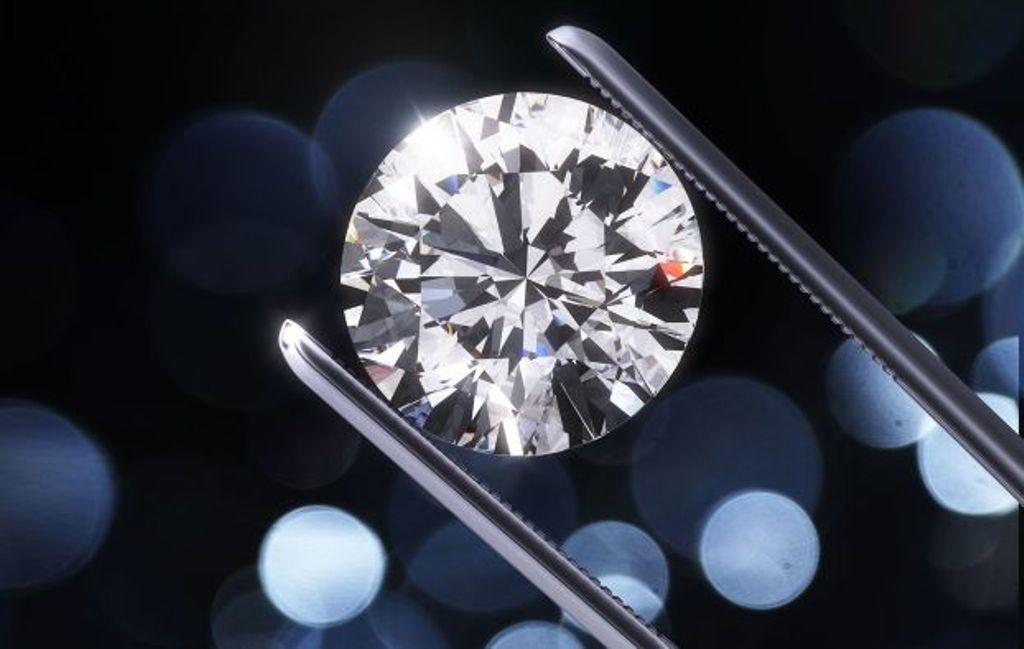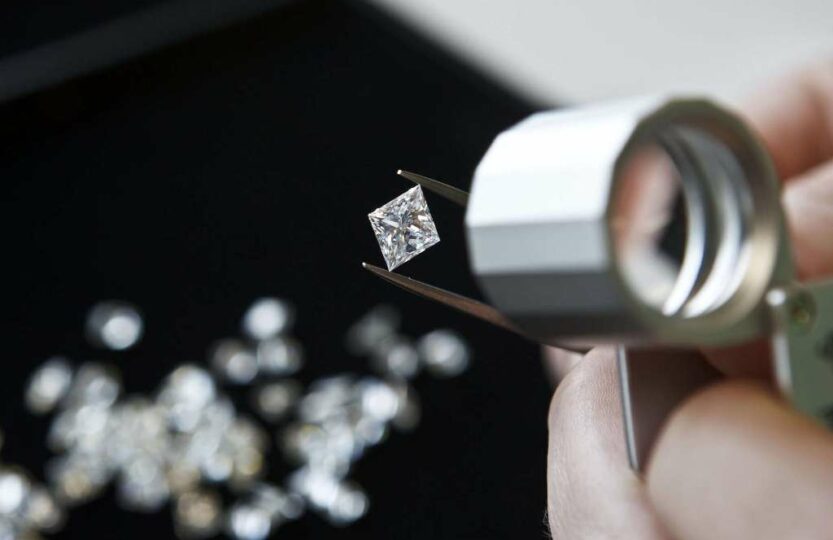Looking for the perfect diamond engagement ring and need to know more about industry-specific words like clarity?
Engagement ring shopping takes time and effort. But, being aware of the lingo can help you make a good decision and even secure a good deal. So, here’s what you need to know about clarity.
The basics
The global diamond jewellery market is expected to hit $26 billion by 2020. Evidently, it’s key to know what you’re looking for.

Diamonds are assessed on cut, color, carat, and clarity (the ‘four Cs’). Cut affects the brilliance, carat is the stone’s size and weight, and color ranges from clear to slightly yellowed. Clarity is evaluated by the number of blemishes (known in the industry as inclusions) that there might be on the surface or inside the diamond.
Clarity grading scale
To decide a diamond’s value, it must endure several tests that include assessing its clarity. A useful source is the clarity of diamonds scale from Pricescope:
- FL & IF: Internally Flawless (perfect without flaws and extremely rare).
- VVS1 and VVS2: Very Very Slight/Small inclusions (almost perfect and rare with nearly no visible flaws).
- VS1 and VS2: Very Slight/Small inclusions (flaws noticeable with a 10x loupe but still rare).
- SI1 & SI2: Slight/Small Inclusions or Slightly Included (inclusions noticeable but only with a loupe).
- I1, 12 & I3: Included or Imperfect (flaws noticeable to the naked eye).
Essentially, the higher the clarity rating, the greater the cost. But it’s worth bearing in mind that almost all flaws are not detectable by the eye. So, you could save money by going for a diamond with a lower clarity rating, as any flaws will not be noticeable without a loupe anyway.
What clarity rating should I go for?
When it comes to clarity, it’s generally recommended to go for anything between the VS1 and SI2 grade. These will look perfect to passers-by who don’t have a magnifier at hand and they will cost far less than a flawless stone.

You need to know that flaws in larger diamonds are more noticeable. So, if you’re concerned, a smaller stone will show far fewer inclusions than a one with a larger carat. For example, VS1 and VS2 diamonds deliver amazing value and aesthetic appeal. This is because, while they may have a few blemishes, these are undetectable by the eye and yet have a lower cost than diamonds with a higher clarity rating.
Why care about clarity?
Many experts believe that clarity is the least important factor of the ‘four Cs’. This is because the blemishes detected are not seen by the naked eye. So, all those people who notice your gorgeous diamond engagement ring are completely unaware of any faults. Yet, you have bought it at a cheaper cost than a flawless-rated ring.
Diamond clarity is important to a buyer, as it raises the price and impacts how well a diamond sparkles. Although clarity is important to its beauty, it doesn’t promise it, as cut and color also play a part in a stone’s appeal. Many choose a stone of medium clarity to bring down the price.
Overall, be aware of clarity and opt for something between VS1 and SI2 to ensure you get a good stone. However, don’t think it’s the most important aspect of a diamond.





